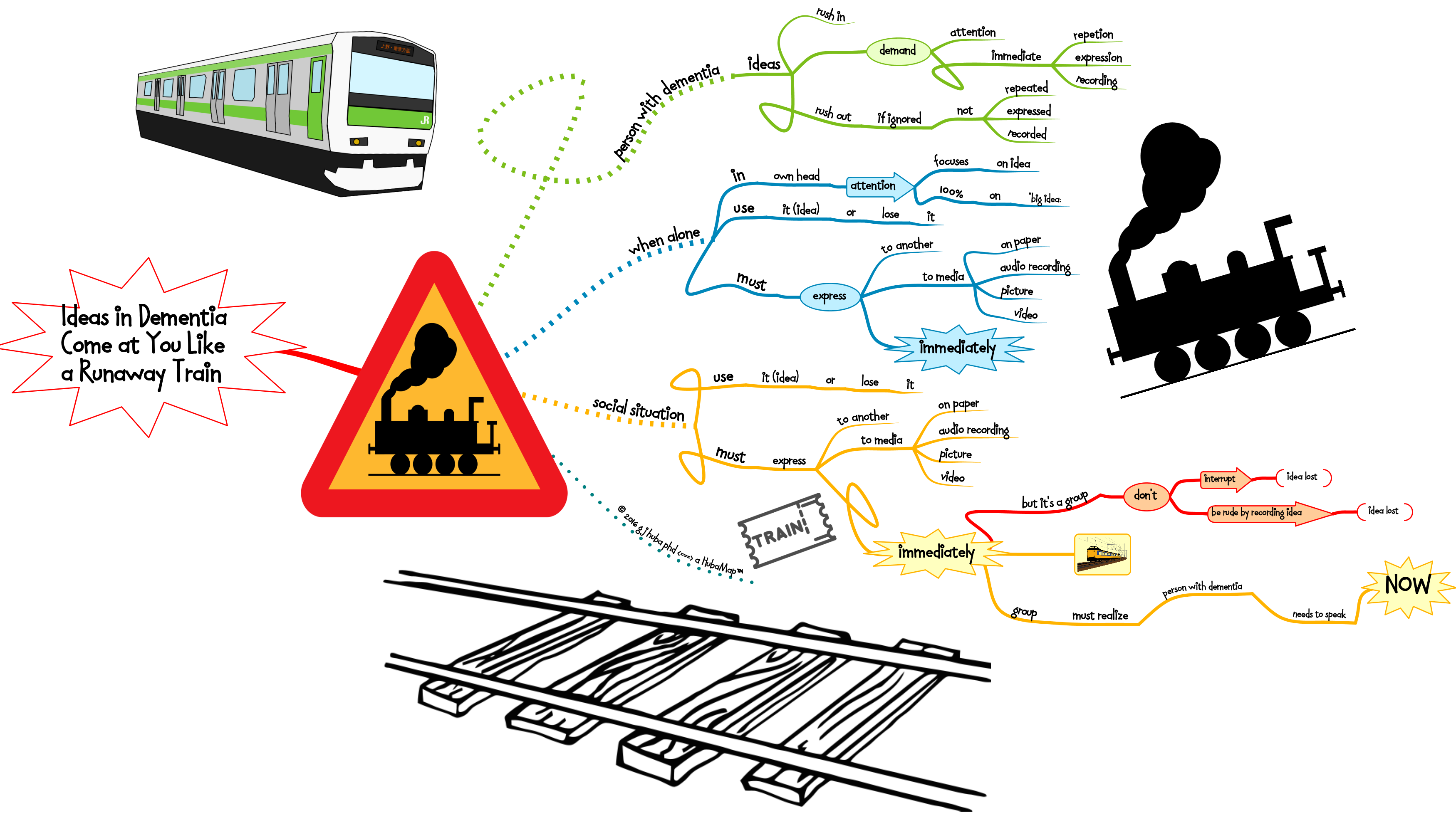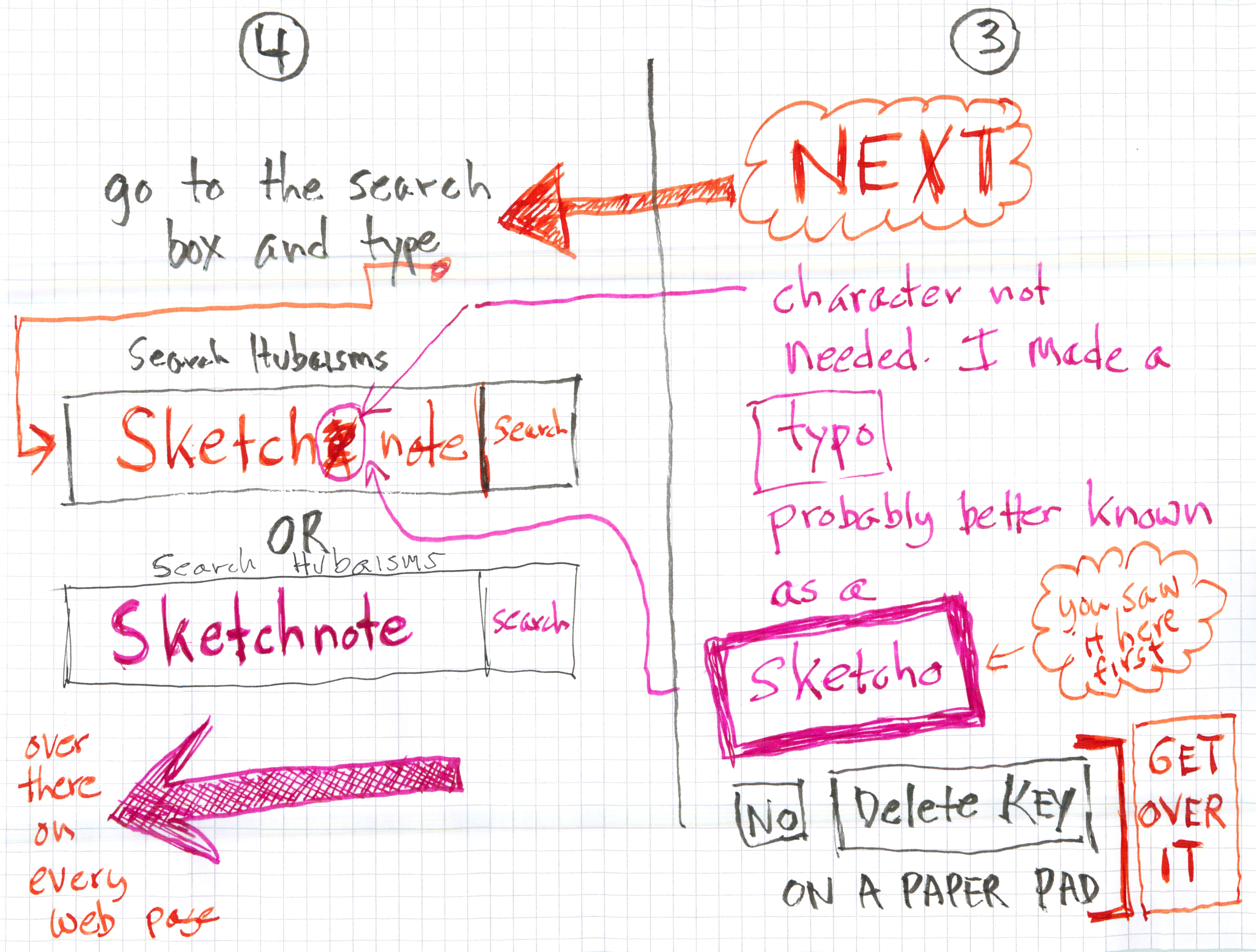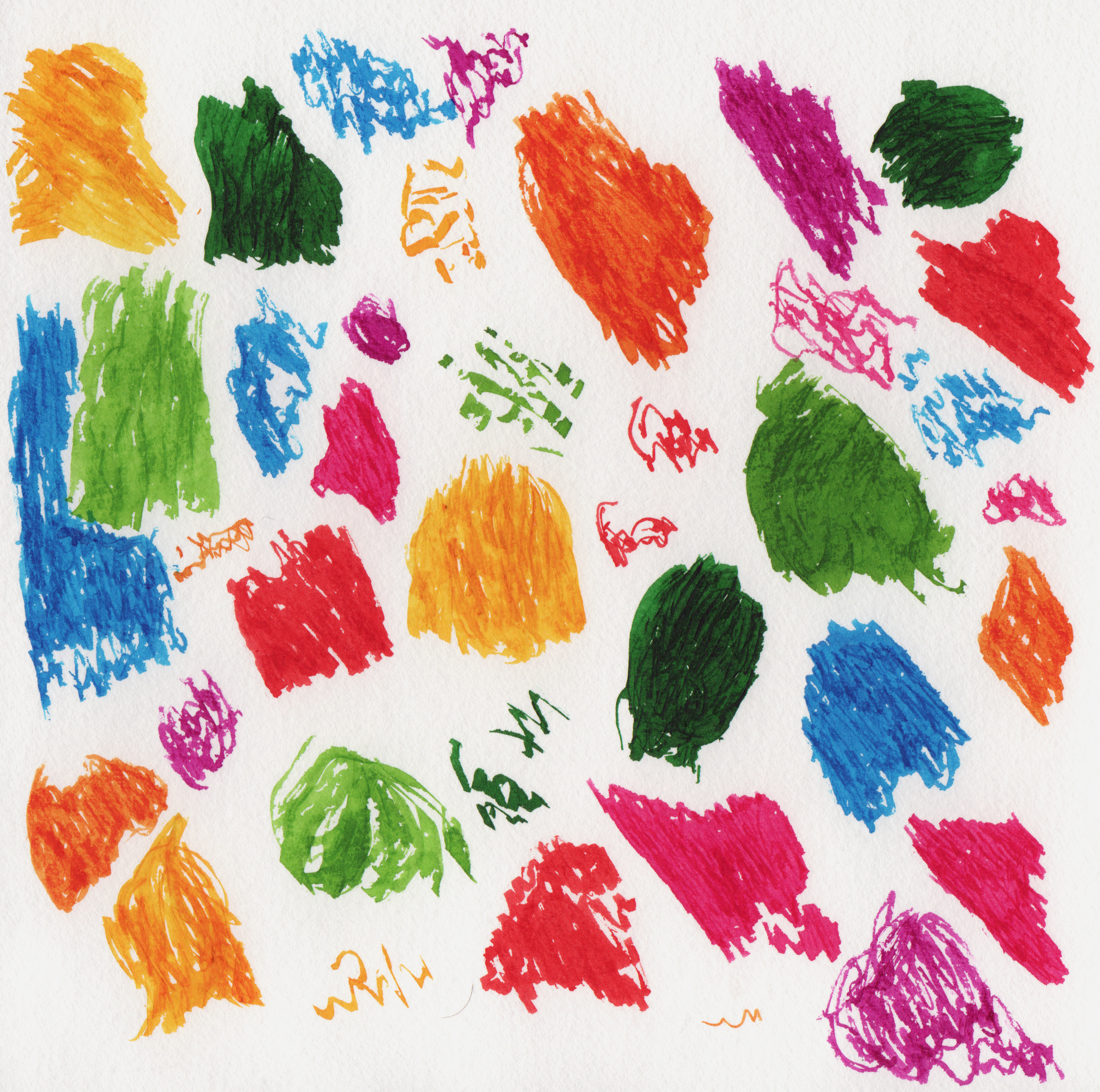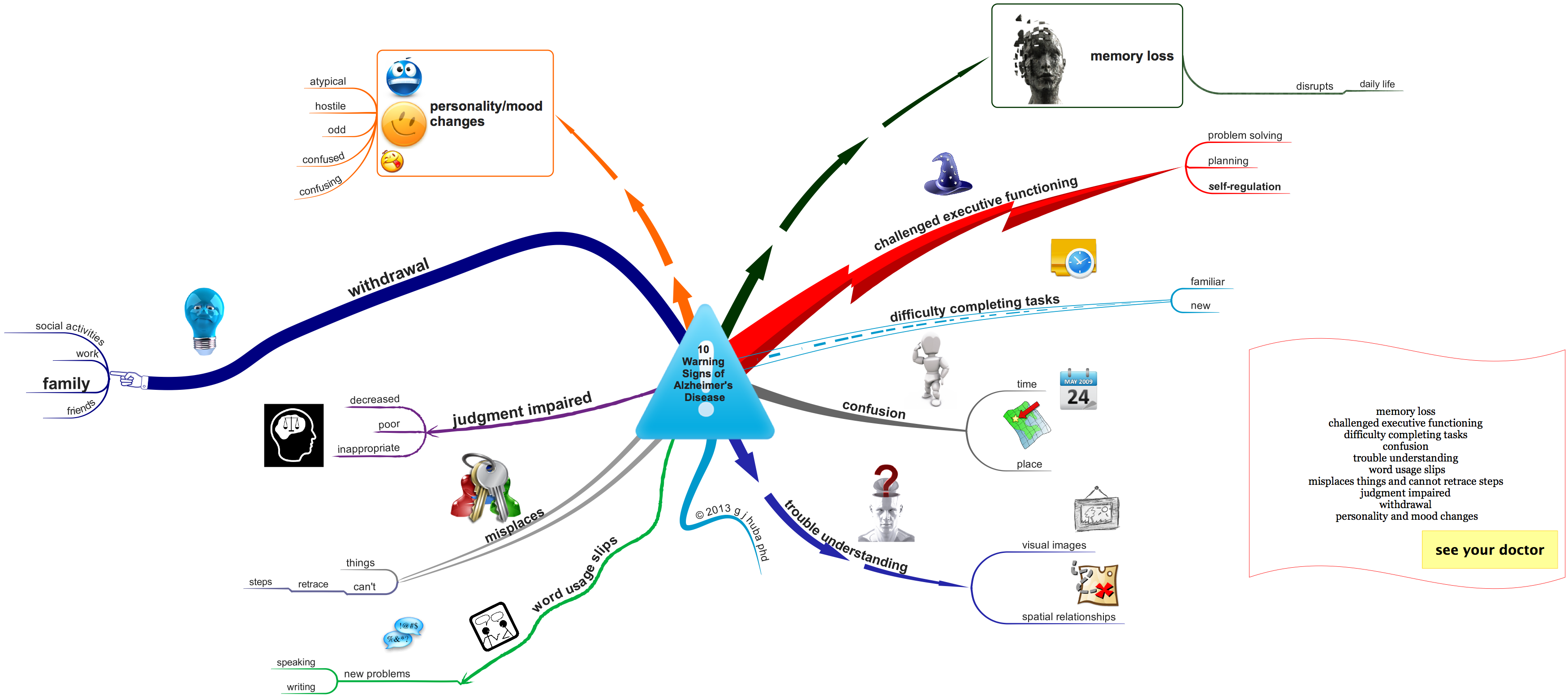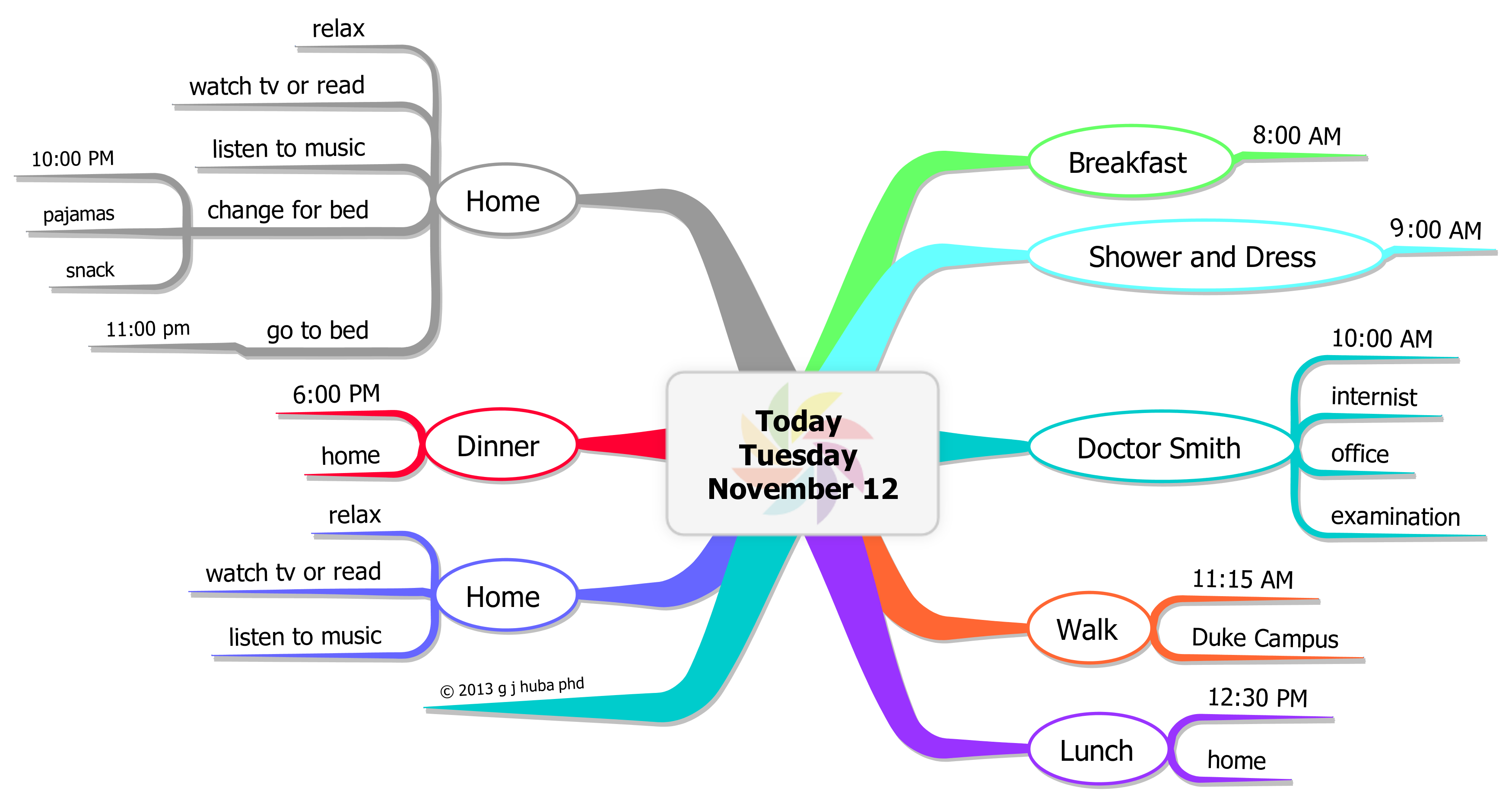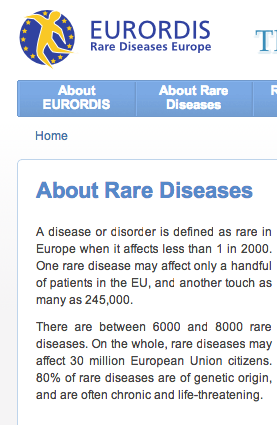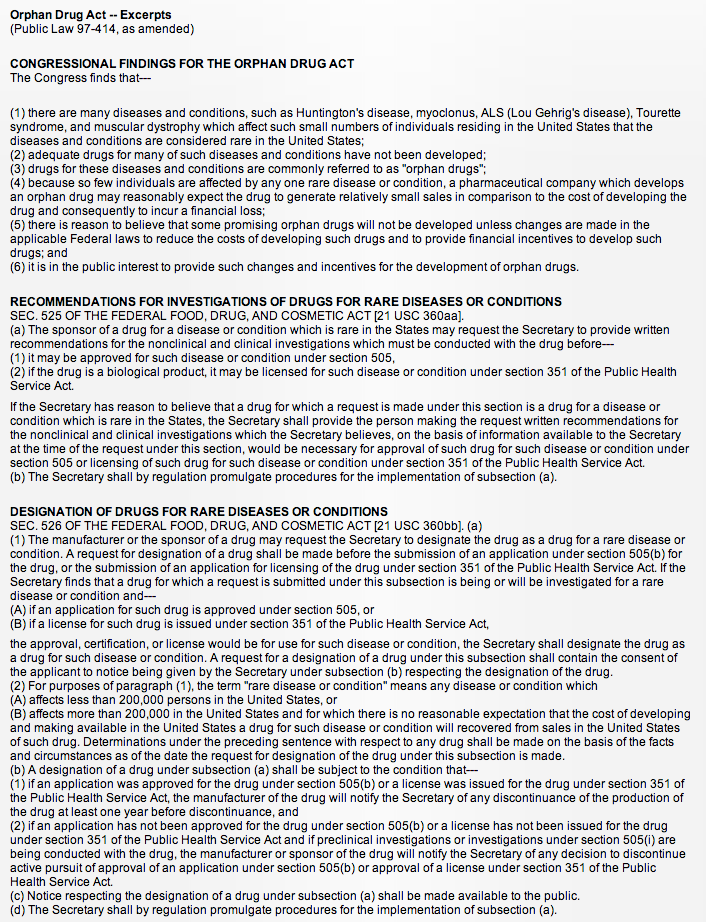I believe that college and grad students are not encouraged to take enough control over their own destiny. To help address that issue, I have periodically presented a mind map for a paradigm that would produce graduates who can and will take more responsibility for their own careers and probably have stronger analytic skills.
That map, in its fourth draft, is presented at the end of this post.
I never really thought about my own college and grad school experiences as “seizing responsibility” until recently but in fact they were. Here are some personal stories from the years 1968-1976. Such options are probably more available today than they were for me, but to be honest, it was NEVER especially hard for me to “get away” with this stuff. And should you think all of this was possible because because I was the person at your high school or college who got the highest SAT and GRE scores you are wrong; I always scored high middling or low high. None of the opportunities I had were offered to me because I had 800s on tests.
When I was a first year in high school, I read about a reaction of the US government to the fear of the “Sputnik” experience (the USSR beat the USA into space and would nuke us to death) in funding a pilot program at 10 colleges to admit students after their junior year of high school. I marched into my high school counselor’s office and announced that I was going to college after my junior year. Fortunately the guy I spoke to (before announcing this to my parents) said “OK” but we have to change your classes. To convince my parents that I could graduate from high school, he worked out a deal with the local high school administrators to grant me a high school degree, counting my first year of college as my fourth year of high school if I made it through that year. My parents reluctantly said try and I started my junior year classes in my sophomore year, taking both 2nd and 3rd year math simultaneously and jumping into 3rd year English. In my junior year I skipped chemistry and jumped into physics, 4th year math, and an experimental social science class. For no reason other than the fact that I was fascinated by the 1968 election, I asked my social science teacher if I could do a survey of student attitudes, and he helped me get access to all his classes and taught me how to hand calculate cross-tabs. An extremely dedicated Latin teacher had me in her Latin 3 class and then stayed after school to individually teach me Latin 4 so I could get credit for four years of language study. And I applied to the University of Massachusetts (15 miles from home), Yale (65 miles away), and Lafayette College (150 miles away), the closest three of the 10 experimental programs. UMass recruited me heavily, Lafayette said OK, and the Yale alumni rep who interviewed me decided I needed to apply the next year after graduating from high school and was rather discouraging about the likelihood that I would ever be admitted to Yale.
In the fall of 1968, I started college as as a math/physics major and took a required social science class (I chose intro psychology). I immediately became a psych major when I found out that the first year class was a self-paced one in which you read the text yourself, monthly lectures were optional, did a couple of rat learning experiments yourself, and took 20 module tests whenever you felt like it to establish competency. Wahoo. Never looked back from psych. I did not really know what it meant to commit yourself to a field that requires a PhD as the entry level degree as I had no idea what a PhD was.
In 1969, transferred into Fordham in the Bronx, NY, because my new wife was in the the US Navy stationed in Queens, NY (long and separate story there). In spring 1970, I did an outrageous thing. Faced with the mandatory Intro Stat course in college, I went to the professor after the second class and informed him that the textbook was so easy that I could take his final exam any time and use his class time to do something else rthat would teach me something new. He told me OK, but only if I would agree to accept the final score as my grade and if I flunked to retake the entire course at a later time (no safety net). So we set an exam date of about a week later, and I got an A in the class and an invitation to be a research assistant in a PhD dissertation on single ganglion learning in cockroaches (lots of stories here I will omit) under his direction. Unbeknownst to me he started telling other faculty about my outrageous behavior (in a very supportive way) and hooked me up with another professor (Bill Lawlor who was also a Jesuit priest) who had arranged a tiny program of “a psychology year abroad” in the New York State Psychiatric Institute (one of the premier psychiatric research instituions in the world at the time) — 50% first semester of junior year, 100% second semester of junior year, 50% of first semester of junior year. Wahoo.
I worked with two of the pioneering psychiatrists in the use of lithium carbonate in bipolar disease and the genetics of the disease, and convinced them to let me and the unit psychologist submit an article to a peer-reviewed psychiatric journal. I ended up as the second author of an accepted article by the end of my junior year. And then convinced them to support me in the summers after my junior and senior college years with the promise I would do it again. By the end of my senior year, I was the first author on another peer-reviewed article and two MDs and two PhDs had made my career with their generosity in permitting me to be the first author on a paper. Wahoo again.
Yale liked the idea of a new grad student with two papers in press and so admitted me to their PhD program after my initial failure at geting to their undergrad program. Wahoo.
My first semester of grad school, I told the Director of Graduate Studies that I did not need to take the required first course in statistics that he taught. He had an emotional reaction and wrote me off as another arrogant hippie (yes, when I started grad school my hair came all the way down to my belt and there are some VERY interesting stories from that era I will NEVER tell). The second semester I aced Bob Abelson’s stat and experimental design course, and he became one my two most important teachers over the remaining year of grad school.
In the first semester of my second year of grad school (1973), I took a very unusual combination of three courses (Individual Differences in Cognition taught by a cognitive psychologist, Dynamics of Psychopathology taught by a psychoanalyst, and Imagery and Daydreaming taught by the breakthrough psychologist Jerry Singer who became my most important teacher). Hhmmm, how would the three courses go together. Could there be different types of cognitive styles that would partially determine how individuals experienced the world and developed pathological and highly successful strategies for dealing with day-to-day life. Empirical research by Garner, Jackson, Messick, and Witkin on cognitive styles, Shapiro’s theory of neurotic styles, and the first generation of computer models in psychology were of huge interest to me. So, I went to all three professors and asked if I could combine to their three required term papers into a single paper. Drs Day, Mahl, and Singer agreed and I came up with the idea of a computer model (actually implemented in Fortran) of cognitive styles in “normal” and “abnormal” personality functioning with the computer model used to validate the theory by determining whether it could reproduce the empirical research of Garner, Jackson, Messick, and Witkin. Each professor gave me an Honors grade and incredible feedback. I modeled the book length manuscript on the pioneering conceptions of Day on communicating (teaching) others how to use psychology who also served as the day-to-day advisor on the project.
All gutsy moves. Each was individually possible only because innovative faculty members were flexible, open to innovation, and supportive. Risky? Extremely. Worth it? Yes for me. I thank each and everyone who helped me in such major ways.
Was I smarter than everyone else? Not at all. Was I willing to take more risks? Yes. Could it have been done without supportive teachers willing to accept creative models of learning, training, and self development. Absolutely not. Was I willing to fail? Yes, but I was arrogant enough to think that was unlikely. Should you do it? I have absolutely no idea.
What worked for me? The answer is proposing innovative ways of learning APPLICABLE TO ME to highly supportive and qualified teachers and taking responsibility for making the models work.
Here is what I would do 35 years later. My model also incorporates many important ideas from Buzan on brainstorming and integrating information that I have learned in the last three years and many recent technologies.
Click on the image twice to fully expand it.

Like this:
Like Loading...








